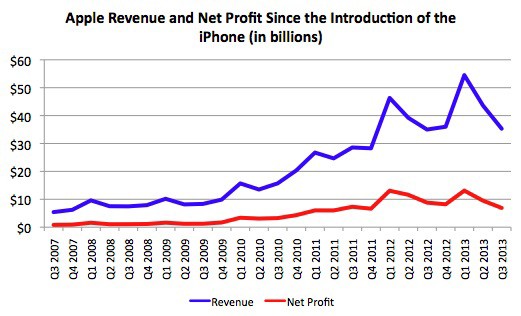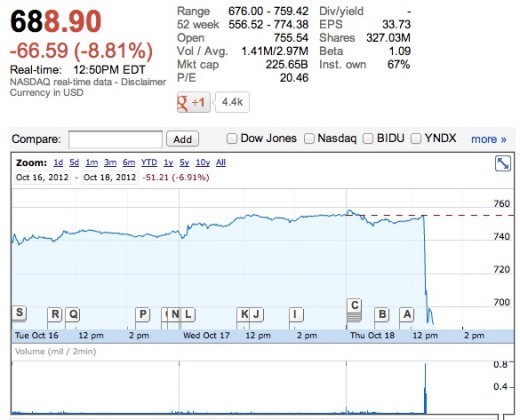Understanding Revenue and Earnings Per Share (EPS)
Post on: 16 Март, 2015 No Comment

Understanding Revenue and Earnings Per Share (EPS)
Fundamental stock analysts literally look at hundreds of numbers when they analyze a company, and each one of those numbers tells a story. Two numbers in particular, however, outline how successfully management has been able to run profitably run the business for the sake of the shareholders: revenue and earnings per share (EPS).
[VIDEO] Understanding Revenue and Earnings Per Share (EPS)
Revenue and earnings per share (EPS) can help you determine whether you should buy a stock by taking you from the beginning of the story to the end of the story.
Revenue is the amount of money a company brings in as it has conducted business. It doesnt matter if the company is a service-based company, a manufacturer or an importer, revenue is simply the amount of money the companys client have paid to the company.
Revenue is also known as a companys top-line number because it appears as the top line on a companys income statement.
Revenue is the beginning of the story when it comes to fundamental analysis. If a company doesnt have revenue, it doesnt have anything.
Earnings Per Share (EPS)
Earnings per share (EPS) is the portion of the companys earningsor profitthat is allocated to each share of stock in the company.
EPS is calculated by taking the net income a company produceswhich is the money that is left over in the company once all of the appropriate expenses and taxes have been subtracted from the companys revenueand dividing it by the total number of outstanding shares of stock in the company.
EPS is the end of the story when it comes to fundamental analysis. Companies with strong EPS numbers typically have strong stock prices, while companies wiht weak EPS numbers typically have weak stock prices.

What Fundamental Stock Analysts are Looking For
Fundamental stock analysts are typically looking for strong and growing revenue numbers and strong and growing EPS numbers when they analyze a company.
For example, imagine a stock analyst is looking at General Electric (GE) to see if the company is fundamentally sound. To start things off, the analyst will most likely look at GEs revenue. However, the analyst wont simply look at the most recent revenue number. The analyst will be interested in how the current revenue number compares with past revenue numbers. If the current revenue number is greater than the previous revenue numbers, and the revenue trend has been increasing, the analyst will view this as a positive sign for GE.
Conversely, if the current revenue number is less than the previous revenue numbers, and the revenue trend has been decreasing, the analyst will view this as a negative sign for GE.
Analysts take a similar approach when they look at a companys EPS numbers. If the current EPS number is greater than the previous revenue numbers, and the EPS trend has been increasing, the analyst will view this as a positive sign for GE. Conversely, if the current EPS number is less than the previous revenue numbers, and the EPS trend has been decreasing, the analyst will view this as a negative sign for GE.
As a bonus, analysts also like to see EPS numbers growing faster than revenue numbers because it indicates company management is increasing the effeciency with which it runs the company. If more money can make it through the gauntlet of expenses and taxes from the top line to the bottom line, the more profit stockholders make.














